Do you have a question about the Waeco PerfectPower PP300 and is the answer not in the manual?
Key safety measures to avoid electric shocks, fire, and injuries when using electrical equipment.
Information about the unit itself, including proper usage, maintenance, and handling precautions.
Specific cautions for installing the inverter, including on boats and wiring practices.
Identification of inverter components and guidelines for connecting the unit to the battery.
Important safety warnings regarding cable length, cross-section, and polarity during installation.
Steps for starting the inverter, operation of indicator lights, and audible signals.
Guidance on operating the inverter under load, managing heat, and battery charging.
Identifies common errors like no output voltage or alarm tones, and their causes.
Provides solutions for errors such as battery issues, thermal overload, or poor contact.
Key safety measures to avoid electric shocks, fire, and injuries when using electrical equipment.
Information about the unit itself, including proper usage, maintenance, and handling precautions.
Specific cautions for installing the inverter, including on boats and wiring practices.
Identification of inverter components and guidelines for connecting the unit to the battery.
Important safety warnings regarding cable length, cross-section, and polarity during installation.
Steps for starting the inverter, operation of indicator lights, and audible signals.
Guidance on operating the inverter under load, managing heat, and battery charging.
Identifies common errors like no output voltage or alarm tones, and their causes.
Provides solutions for errors such as battery issues, thermal overload, or poor contact.
| Output Power | 300 W |
|---|---|
| Input Voltage | 12 V DC |
| Output Voltage | 230 V AC |
| Output Waveform | Modified Sine Wave |
| Efficiency | up to 90% |
| Peak Power | 600 W |
| Frequency | 50 Hz |
| Protection | Overload, Short-circuit |
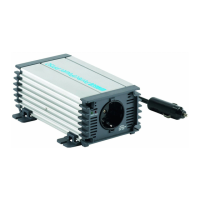
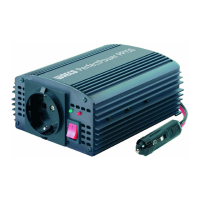
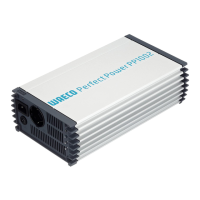
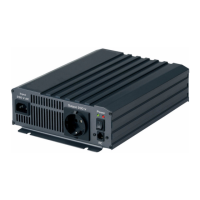




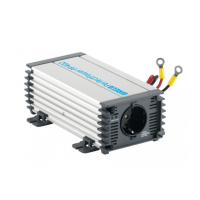
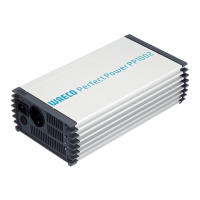

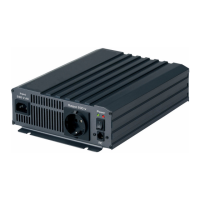
